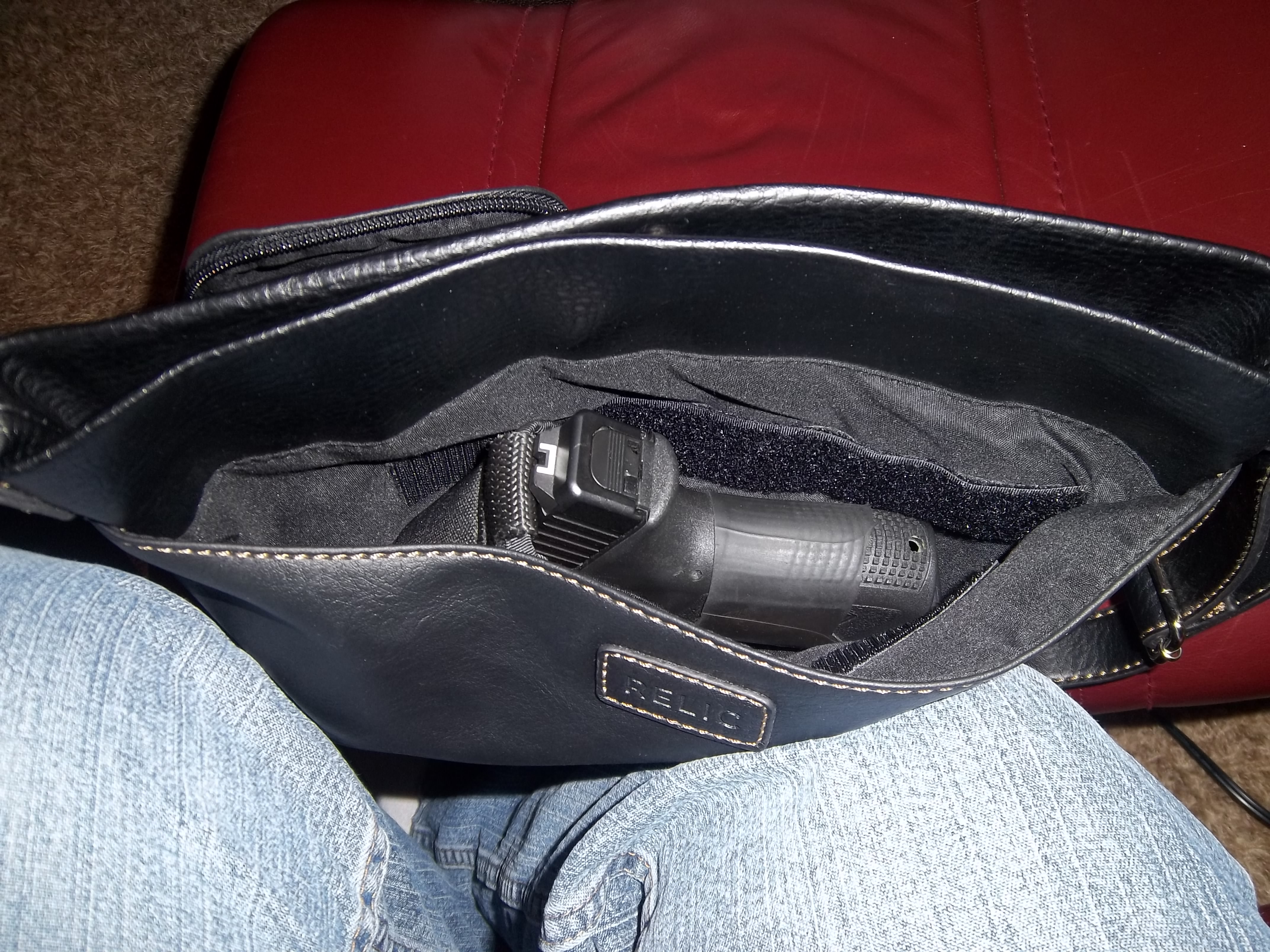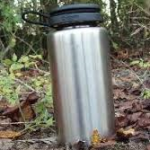Power outages happen; from severe weather, too much demand on the system or even fluke things like scheduled maintenance (haha). Having a “lights out” kit stocked with items for such an occurrence can make power outages much easier to deal with. I learned this the hard way. I had all of the items, just not all in one location or in one designated kit.
There are several commercial kits available but I have found that you can often build a better kit for less than the commercial price. The approach I like to use for building kits of any kind is to assure the five basic human needs are met. Here are some of the items that you might want to store in your lights out kit.
Water
For most power outages the duration will be short. However, having water bottles on hand for such an event can’t hurt. Just be sure to rotate them with the rest of your water.
There is also plenty of water in your hot water heater if needed.
Food
If you don’t have a generator, depending on how long the outage might be, you might want to eat any perishable food from your fridge. You can also refer to how to keeping food cold without electricity.
Many of your canned goods are precooked and can be eaten cold. You can heat them with a grill, camp stove or oven if your natural gas is unaffected.
Don’t forget the manual can opener.
Shelter
The shelter you have should be sufficient. However, if the outage is in the middle of winter, you may want to take precautions to make sure your family can stay warm. Blankets of any kind are good, wool blankets are even better. I have some of the small folded space blankets in my kits but honestly I’m not a huge fan of them. They have been found to tear on the fold lines as they age. Another alternative is a version of something a friend showed me. It’s the Space All Weather Blanket. They are more durable, thicker and more expensive. I think I’ll be buying some of these very soon (I should have already).
Keeping cool in the summer without the AC is a must as well. Having a spray bottle to fill with water and a few bandanas can be useful.
If a storm is the reason you are without power, you’ll want to make sure your structure isn’t a danger to your security.
Having some emergency cash on hand could pay for a hotel room if needed.
Energy
Having batteries on hand can serve many purposes. I know many people store them in the fridge to extend the life (I have heard that it does work, but don’t know for sure).
A flashlight is a must. I recommend keeping the batteries for it in a Ziploc bag and attaching it with a rubber band to the flashlight, this will prolong the battery life.
A shake flashlight is also another good idea. We have a few of these and while the light isn’t the greatest, it’s enough to move around safely.
Glow sticks are another option.
I’m not sure where to put a weather radio, so I’m just going to put it here. We have two different types and I’m reviewing them both tomorrow. We keep one Reecom R-1630 Weather Alert Radio in the master bedroom and one in the basement. We also have a few MIDLAND HH50 Pocket Weather Radio
. These are great and are cheap enough to keep one in the BOB and one in the lights out kit.
A candle and matches can be stored as well and a few of them can heat a small room surprisingly well. Just be careful, it is a fire hazard. If you don’t use candles on a regular basis, use extra caution.
Security
I covered making sure you’re not in danger from storm damage.
If a blackout goes on through the night, there might be a spike in crime. Plan accordingly.
Have things on hand for entertainment. This is more for your sanity than anything else. Crosswords, word finds, decks of cards, board games, books, etc. You get the idea.
Recap
Here is a list without my $.02
Bottled water (make sure to rotate)
Manual can opener
Canned goods from pantry (make sure to rotate)
Blankets (all weather or otherwise)
Water spray bottle
Bandana
Emergency cash
Batteries of various types that you use (make sure to rotate)
Flashlight; battery, shake, wind up
Glow sticks
Weather radio
Candles
Matches
Entertainment
If you think of any other items that that would be good to include, please add them to the comment section.























